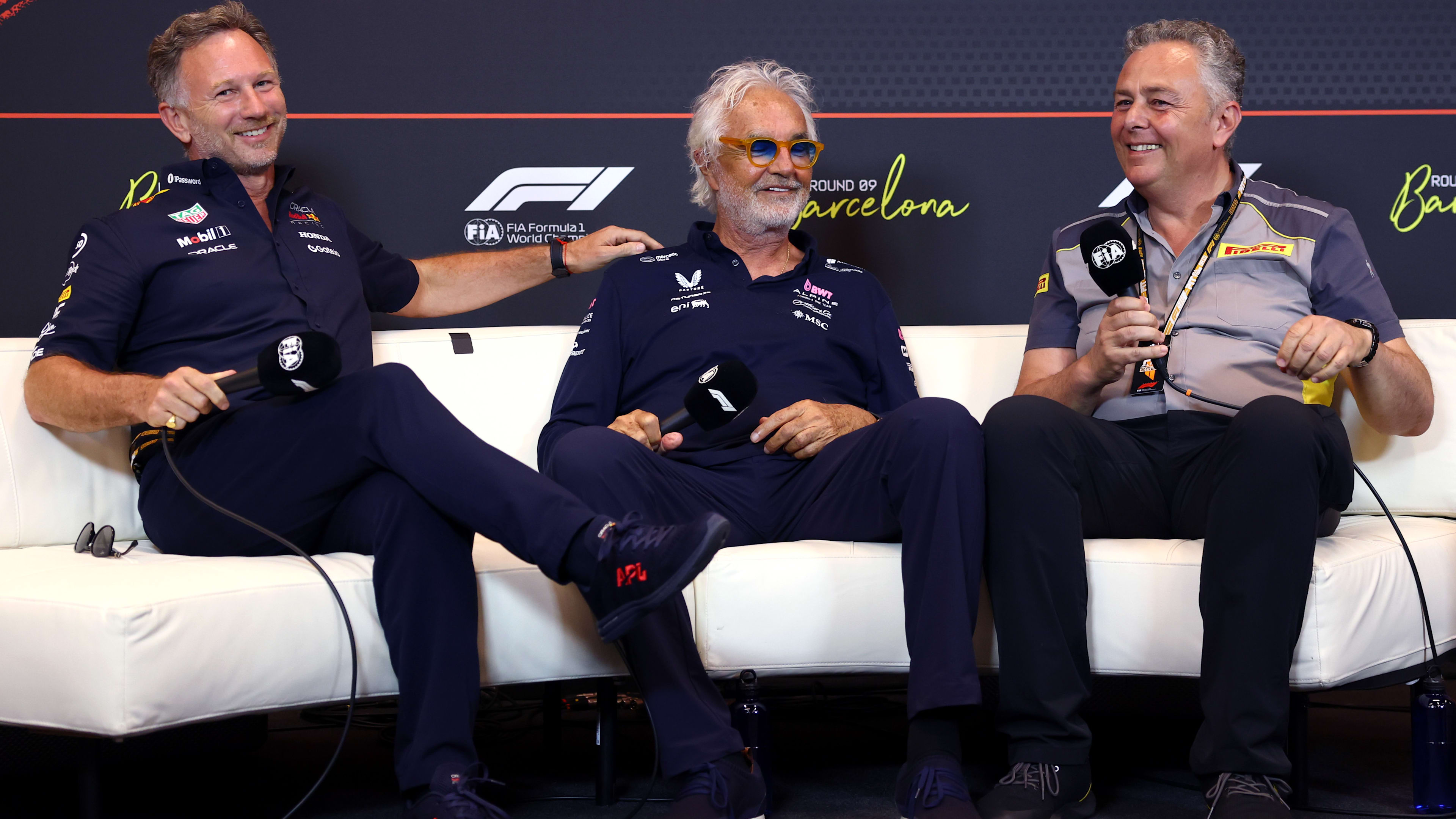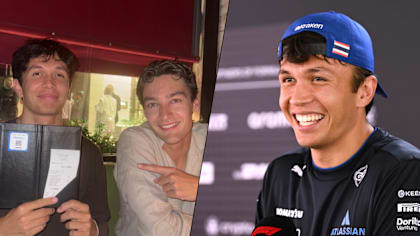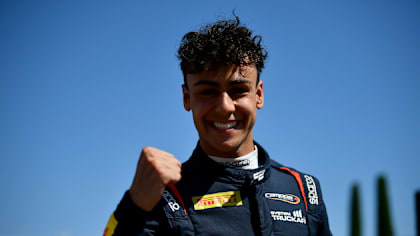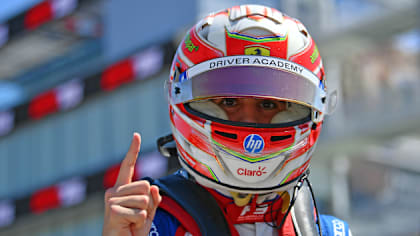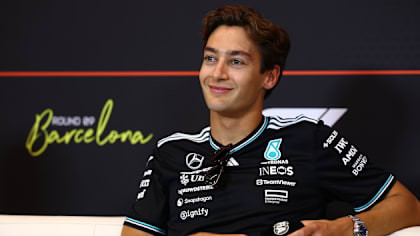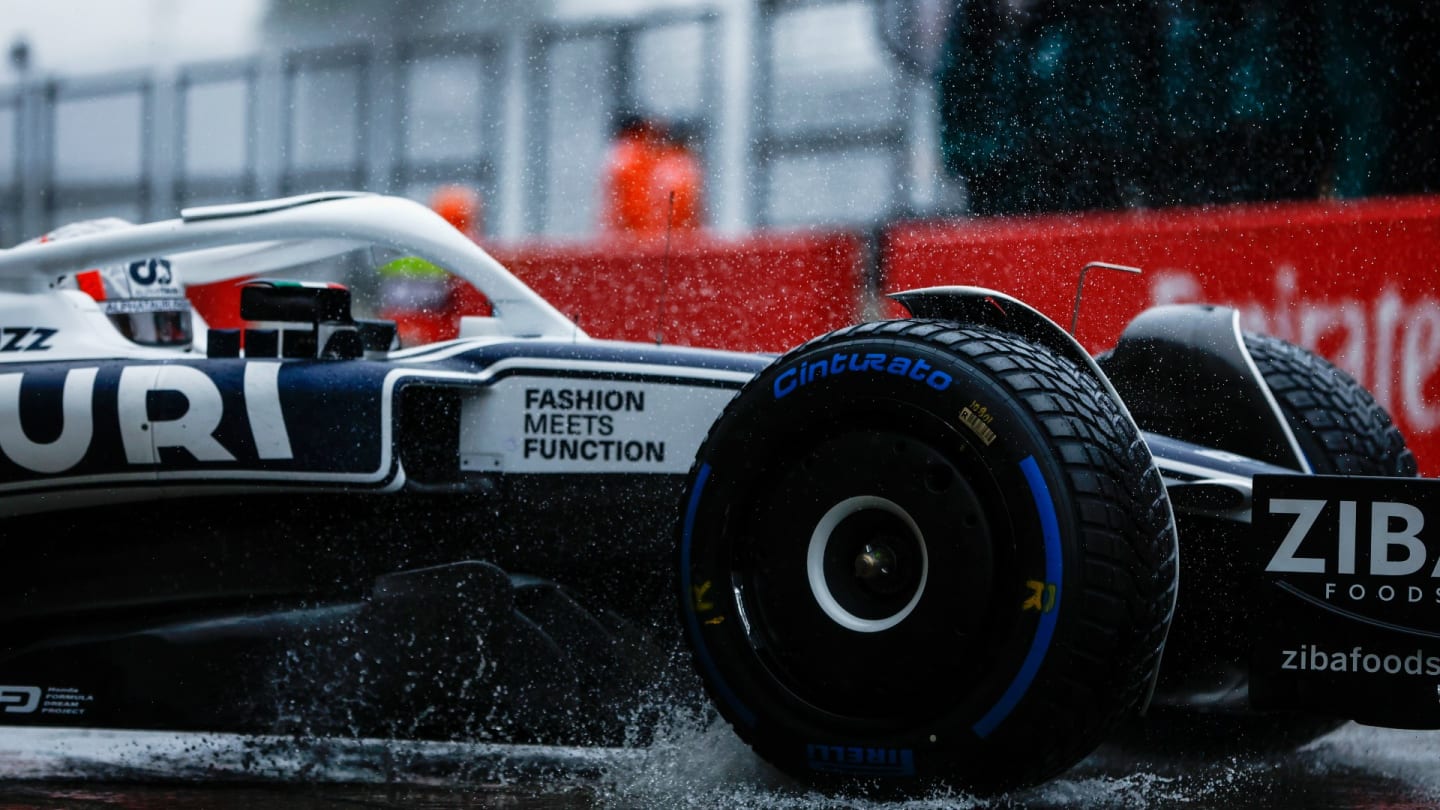
30 May - 01 June
Feature
PALMER: The dilemma that the drivers, teams and Pirelli face when it comes to the full wet tyres

Share

It was another wet Grand Prix in Japan, which encompassed a lengthy delay after a crash-strewn start. This led to a shortened race, with a quirk of the rules still resulting in full points.
It’s strange to have another delayed wet race where we barely saw the full wet tyres in use. In Singapore we had an hour delay to the race, before the cars were released and they straight away went to the intermediates. It’s become common place for years now for the drivers to pit for the inters immediately at the race start.
After the opening on Sunday, many drivers were arguing that the initial getaway should have been delayed, but should it?
TECH TUESDAY: The subtle Suzuka floor tweaks that signal Ferrari's evolving design direction
Well interestingly, once again, all 20 cars lined up on the grid on intermediates, indicating that they were happy enough with the conditions initially, as they opted against using the safer full wet tyre, which cuts through the standing water better than an intermediate.
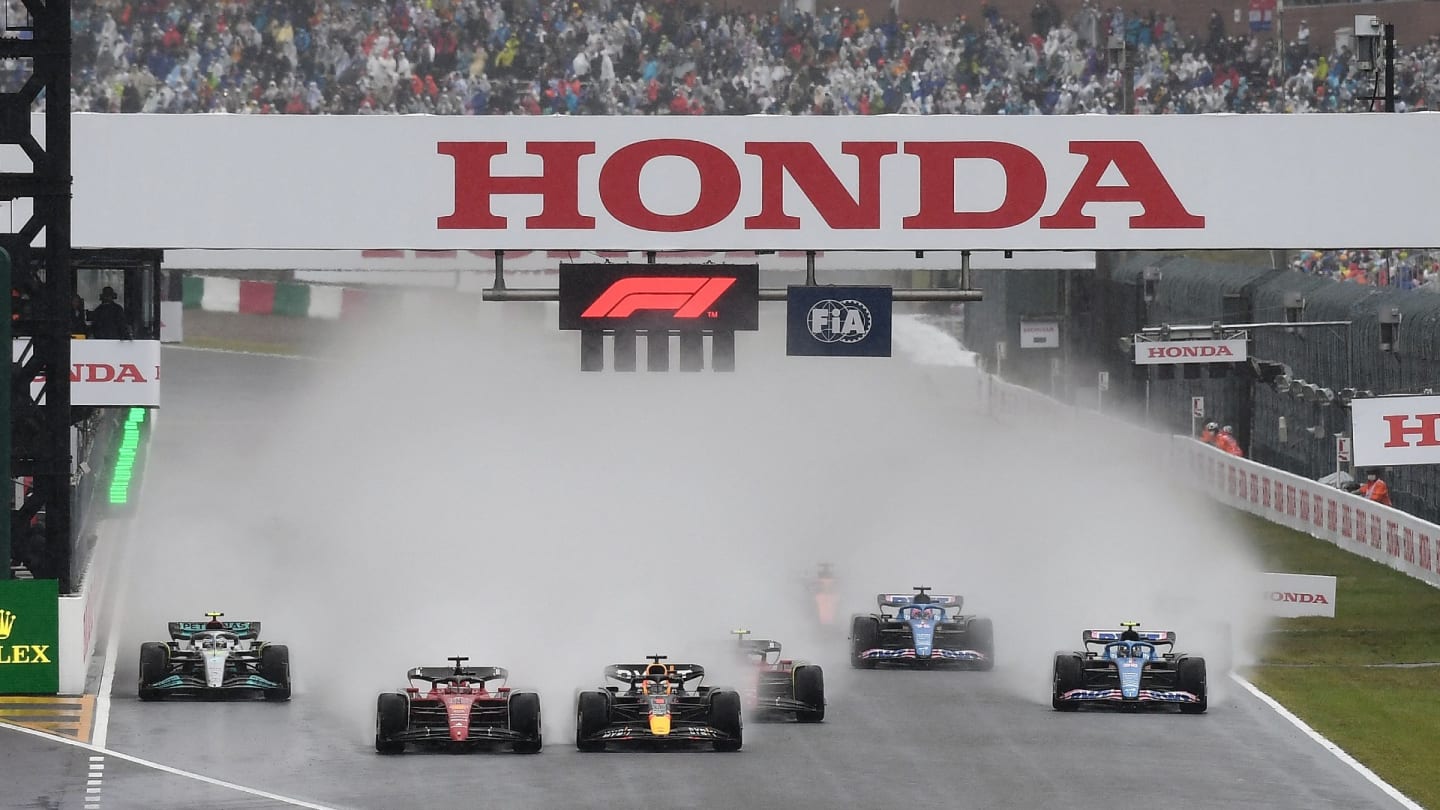
The entire field chose to start the Japanese GP on the faster intermediate tyre instead of the full wets
It’s a tricky decision to know what tyres to start on, but all of the teams were greedy for performance at the start, choosing the quicker inter tyre, over the more treaded full wet tyre. This is because if the intermediate works, it is night and day quicker than the deeper grooved full wet. This was evident on the restart where anybody who pitted for the intermediate immediately found heaps of time and gained positions – Sebastian Vettel and Nicholas Latifi the most notable examples.
There are two limitations with racing in the wet. Firstly, you have the problem of tyre grip and aquaplaning, and secondly you have the issue of visibility. Both of these have been issues for longer than I’ve been watching the sport.
If you look back at the start of the first Japanese Grand Prix of 1976, the title decider of the infamous battle between James Hunt and Niki Lauda, the spray was also immense into the first corner and early on in the race. It was so bad that Lauda pulled into the pits and abandoned the race, conceding the title in the process.
I, too, have raced in atrocious conditions, and driven in even worse. I remember doing a GP2 practice in 2012 when it was barely possible to go full throttle around the entire lap because of aquaplaning.
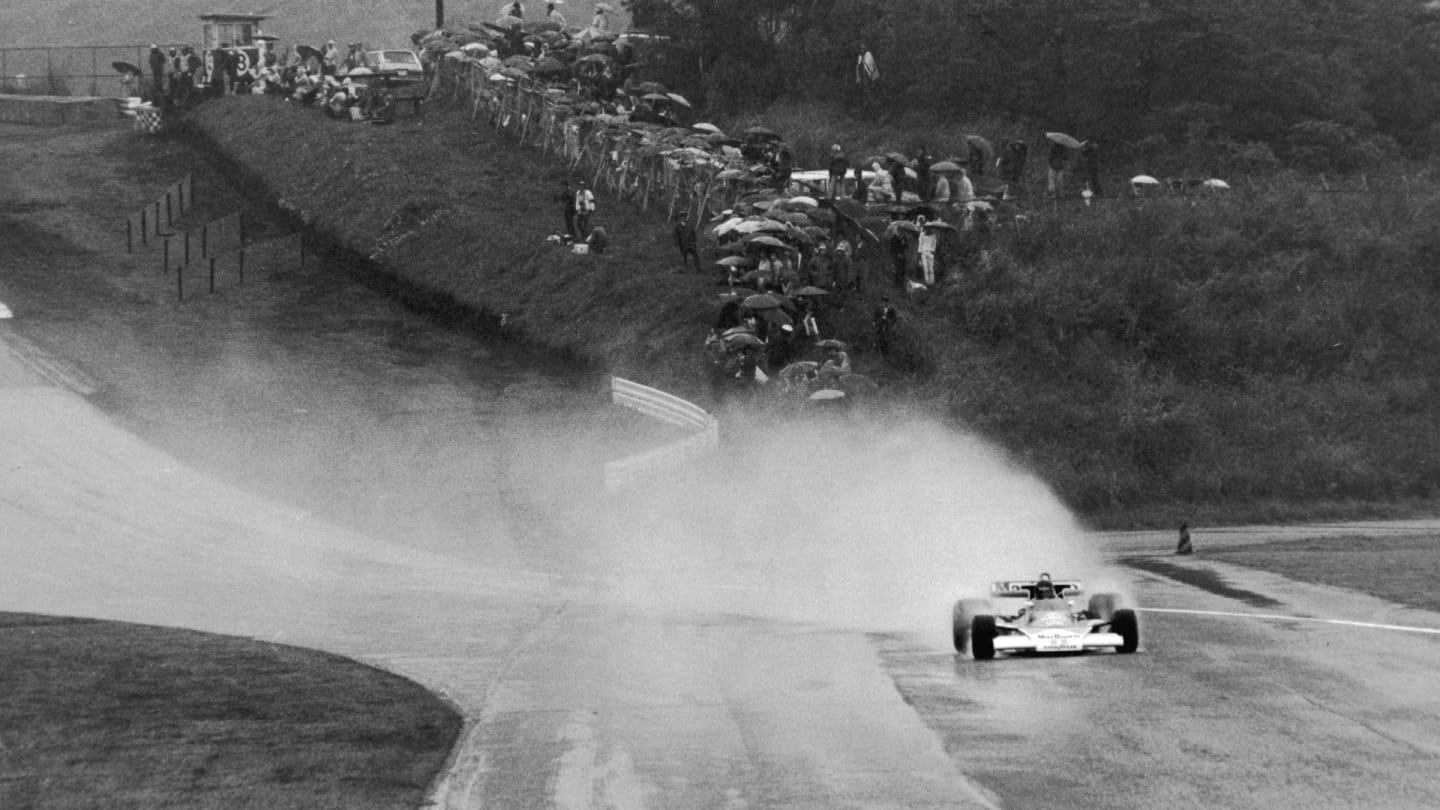
James Hunt (pictured) won the 1976 World Championship in Fuji after title rival Niki Lauda felt conditions were too dangerous to race in and stopped in the pit lane
In the Brazilian Grand Prix of 2016, visibility was frighteningly bad and aquaplaning a serious problem. Kimi Raikkonen lost control of his Ferrari on the start finish straight and was extremely lucky not to be wiped out by Esteban Ocon further back.
This combination of aquaplaning and no visibility can be a real safety issue, with consequences so narrowly avoided that day.
READ MORE: Russell questions Mercedes strategy after 'very frustrating' P8 finish at Japanese GP
On Sunday I don’t think the track grip was as bad as has been raced on before, as proven by the fact that everybody was okay to drive on the inters for the first lap, with the exception of Carlos Sainz who lost it at Turn 12 and brought out the Safety Car. It didn’t look like sheer aquaplaning as such for Carlos, but more a combination of throttle and steering inputs, mixed with the very wet conditions.
The bigger issue the drivers were complaining about was the visibility rather than the aquaplaning – limitation two.
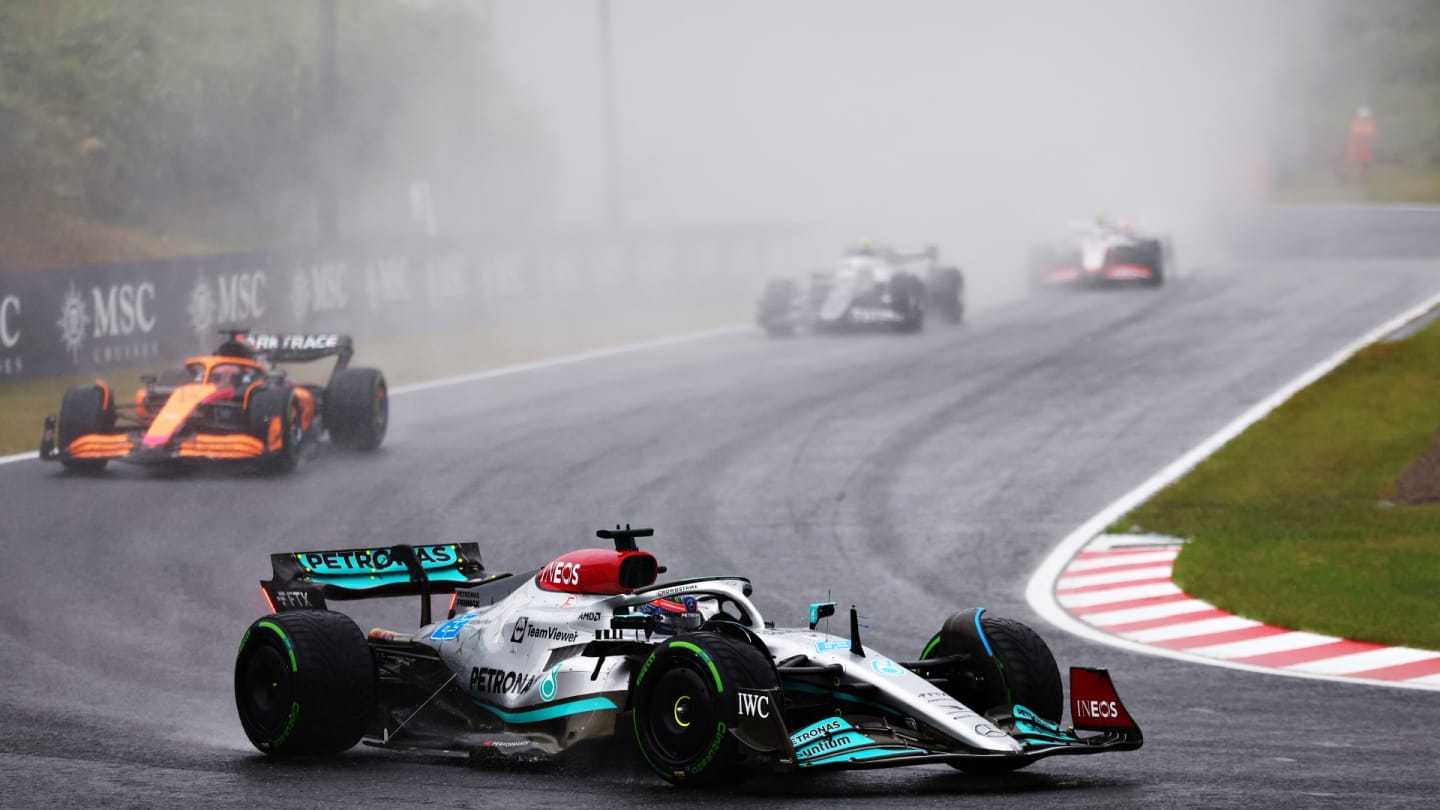
The drivers struggled for visibility, rather than grip, in the early parts of the race
From the onboard cameras you can get a glimpse of how tough it is to navigate the circuit in these conditions, although the view from the cockpit is even worse. At the front it’s not so bad – a real perk of a good qualifying. Further back the spray gets so bad that it’s literally like driving blindfolded at times. It’s very disconcerting for drivers at that moment; you have to rely on a lot of guesswork and instinct, your senses are in overdrive to try and establish some bearings.
The wet tyre can disperse more than double the amount of water than the intermediate tyre at 300kph. Statistically it can disperse a tremendous amount – 85 litres per second. The issue is that this water then gets thrown up into the air and becomes a spray screen for everybody else.
F1 NATION: Inside Max Verstappen's title-winning celebrations in Suzuka
The bigger, wider tyres don’t help in this regard either, as there is more surface area for the cars to throw up spray. So whilst there is inevitably criticism and frowns at the sight of everybody diving in for intermediates after long delays, it’s largely because the conditions in modern F1 are practically never suitable for the full wet tyre.
The full wet tyre is only the tyre to be on when there is too much water for the much faster intermediate. But when there is too much standing water for the inter, which is a very good crossover tyre, the spray level gets too much and conditions are deemed too dangerous to drive in, even if the full wets could technically handle the track conditions.
Jolyon Palmer's Analysis: Elbows out at Turn 1 in Suzuka
It’s an ongoing dilemma for Pirelli and Formula 1, in how to cope with soaking wet conditions without major delays. It’s always been an issue, but probably the biggest cars and tyres in Formula 1 history have exacerbated the problem of spray.
Perhaps it could be mandated that teams have to use a full wet tyre for certain periods of the race, in a similar manner to how DRS is only activated when race control deems it safe to do so. Maybe that will take the performance versus aquaplaning decision out of the teams’ hands slightly and allow a safer race start in the full wet conditions in the future.
As it stands now, my feeling is that Pirelli might as well make the intermediate marginally more grooved and call it the full wet tyre, and then make a new intermediate tyre that is in between the current inter and the slicks. After all, we are used to seeing a quick change from wets to inters – but everybody is a lot more hesitant to opt for slicks.
YOU MIGHT ALSO LIKE
News 'He ordered the most expensive thing on the menu' – Albon reveals how his compensatory Monaco dinner with Russell panned out
Report F2: Lindblad in scintillating form as he takes maiden pole in Barcelona
Report F3: Camara dominates to take fourth pole of 2025 in Barcelona
News ‘I don’t see any reason why not’ – Russell confident Mercedes can return to top-five fight in Spain after ‘two poor races’
